Unitary products group EA120 User manual
Other Unitary products group Heat Pump manuals
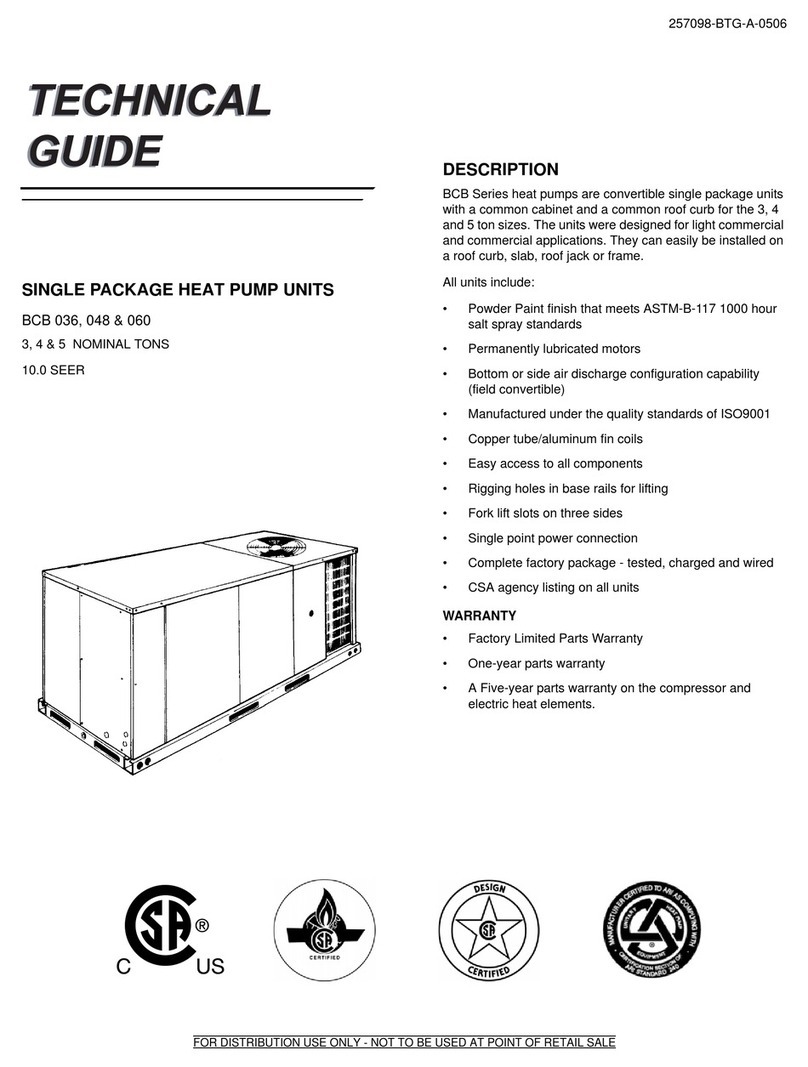
Unitary products group
Unitary products group BCB Series Quick start guide
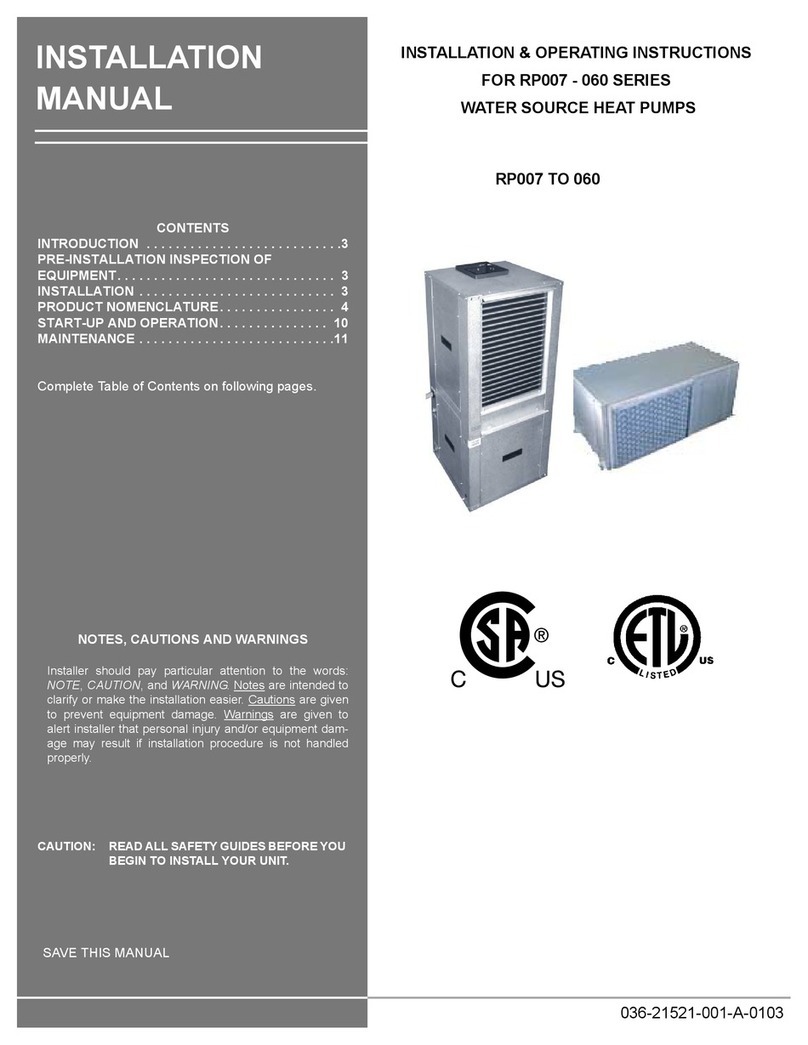
Unitary products group
Unitary products group RP007 Series Manual
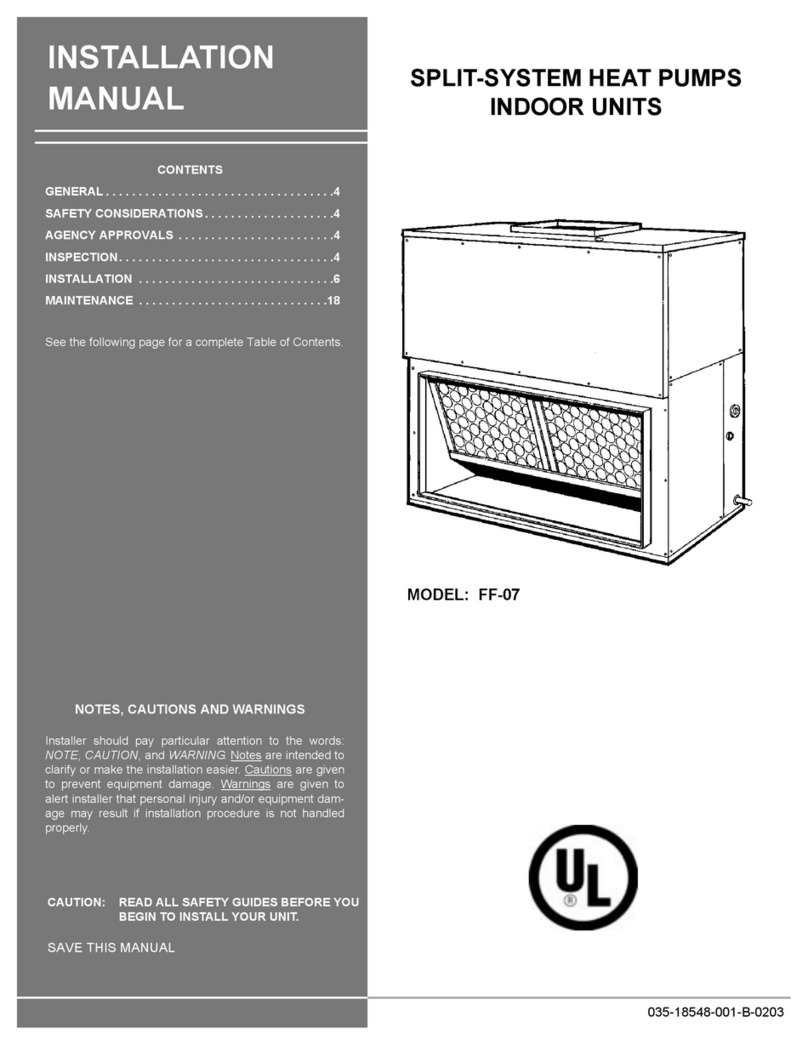
Unitary products group
Unitary products group FF-07 User manual
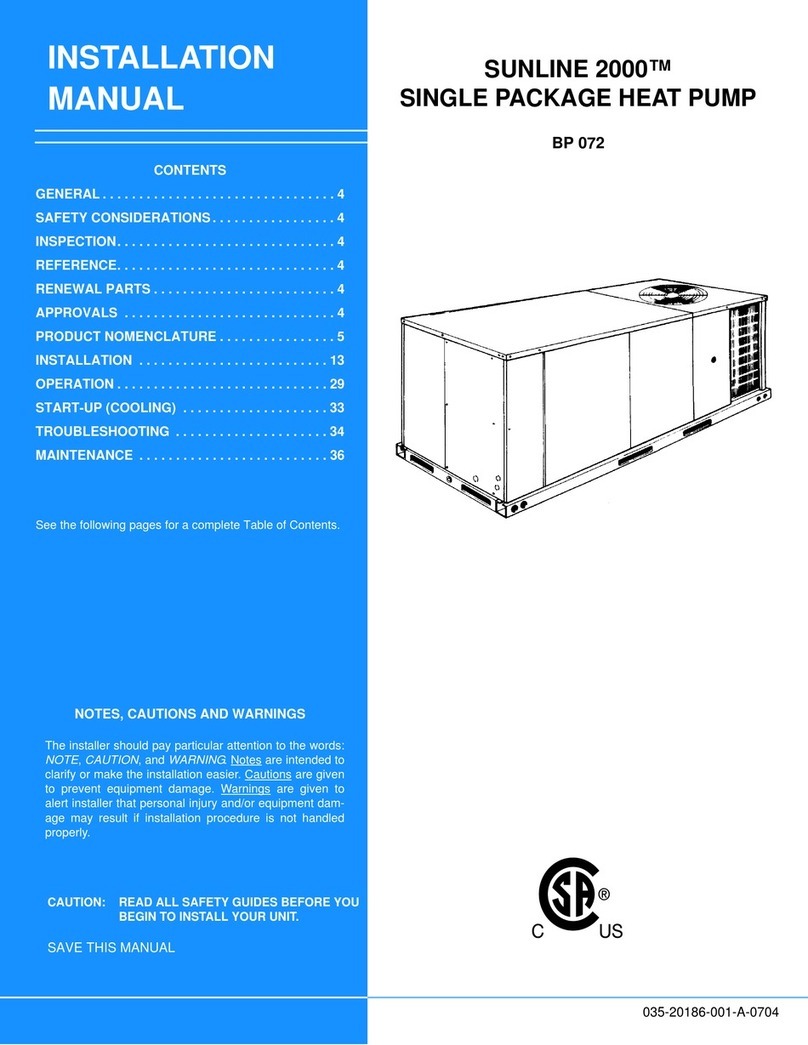
Unitary products group
Unitary products group SUNLINE 2000 BP 072 User manual
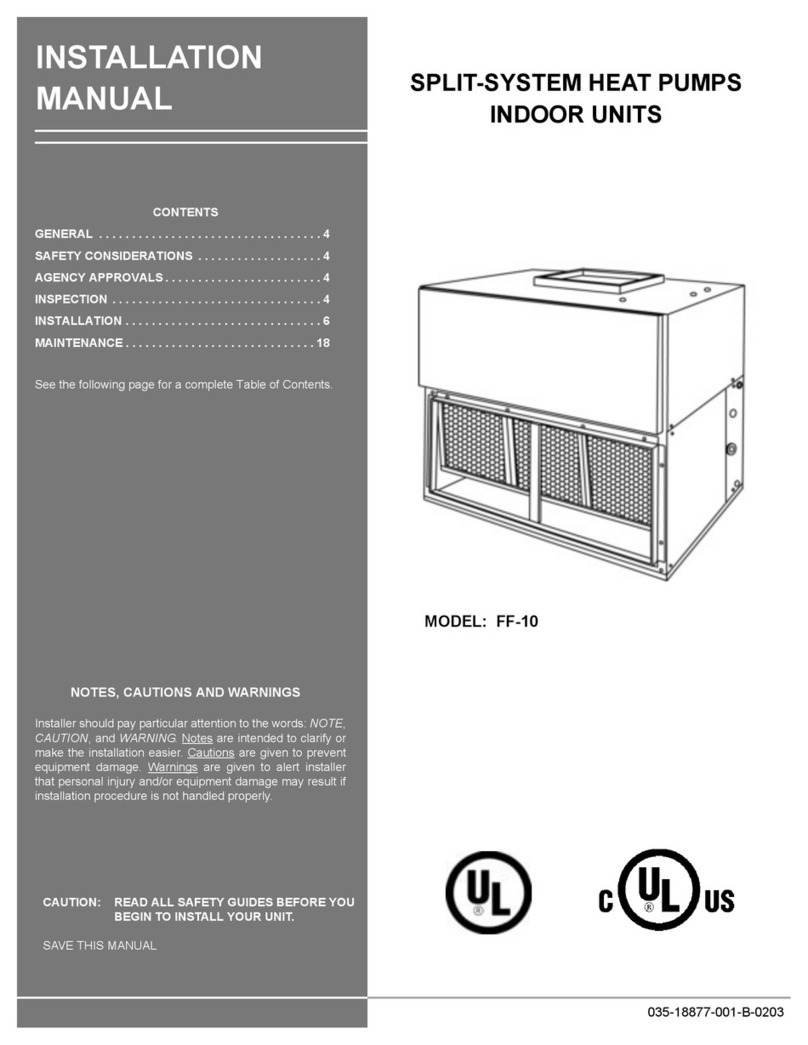
Unitary products group
Unitary products group FF-10 User manual
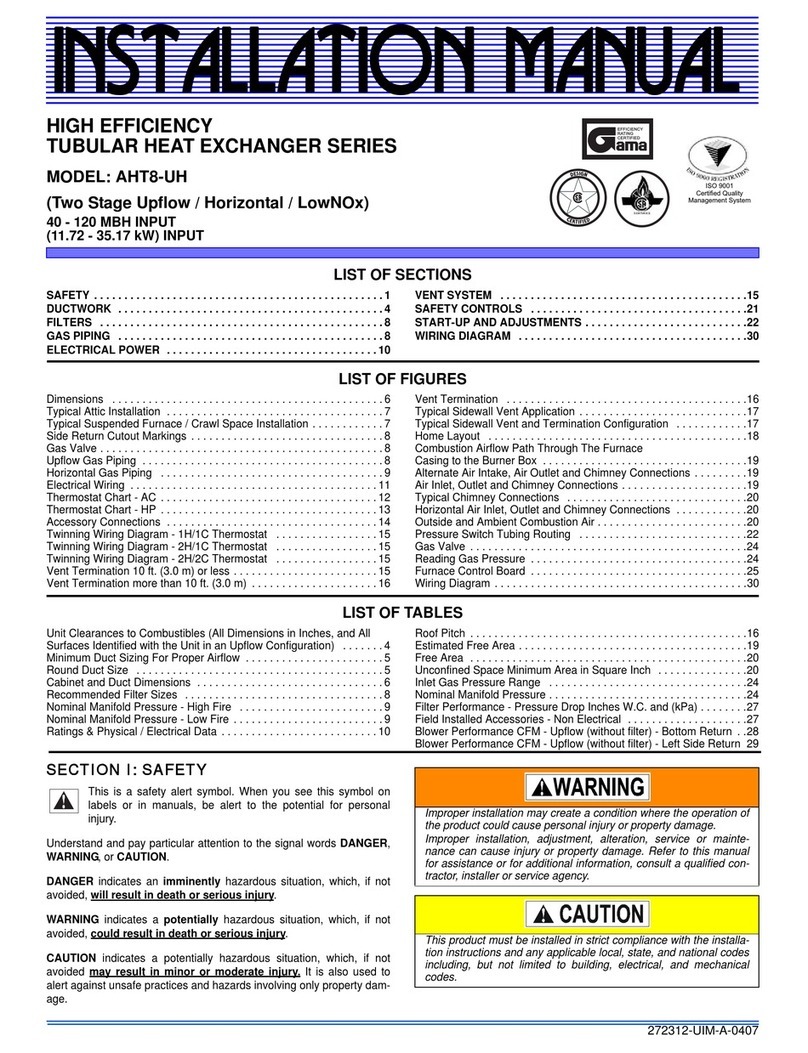
Unitary products group
Unitary products group AHT8-UH User manual
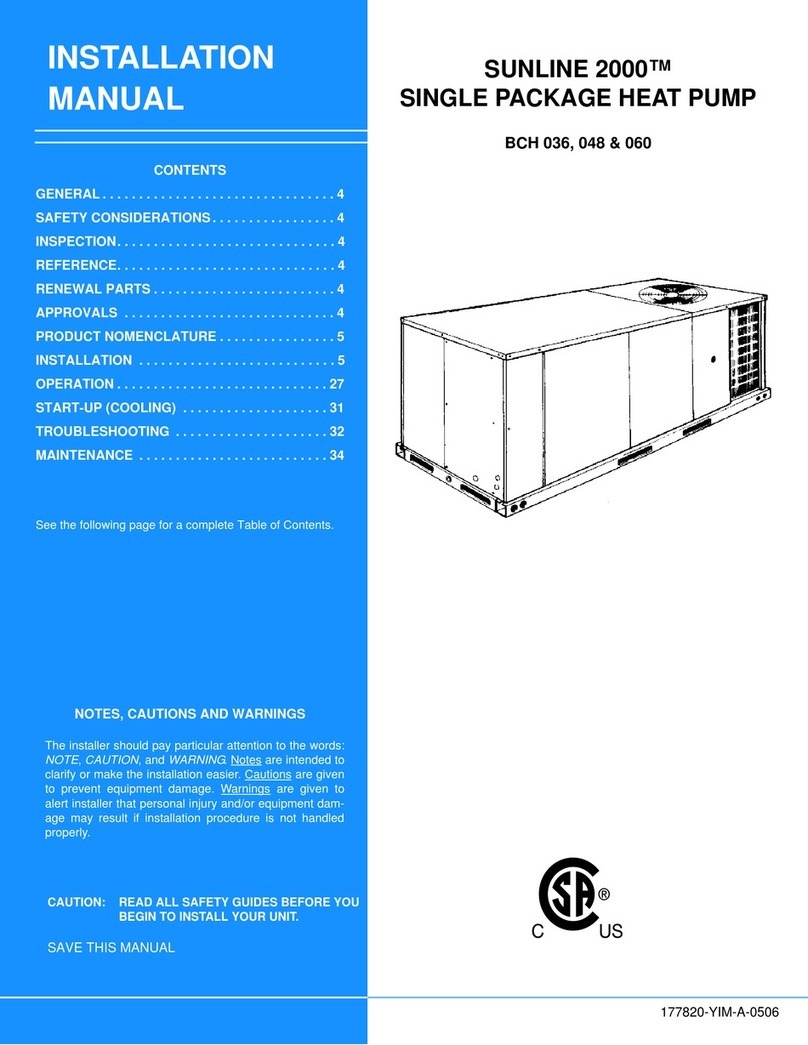
Unitary products group
Unitary products group SUNLINE 2000 BCH 036 User manual

Unitary products group
Unitary products group BAUZ Series User manual
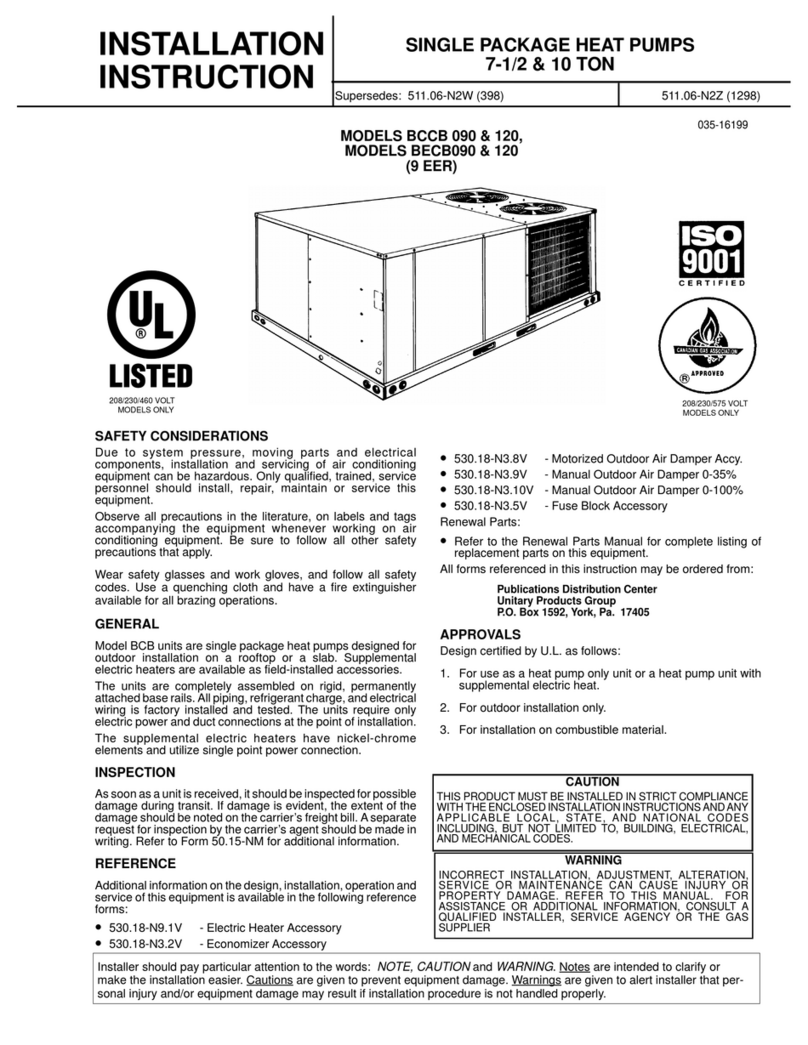
Unitary products group
Unitary products group BECB 090 User manual
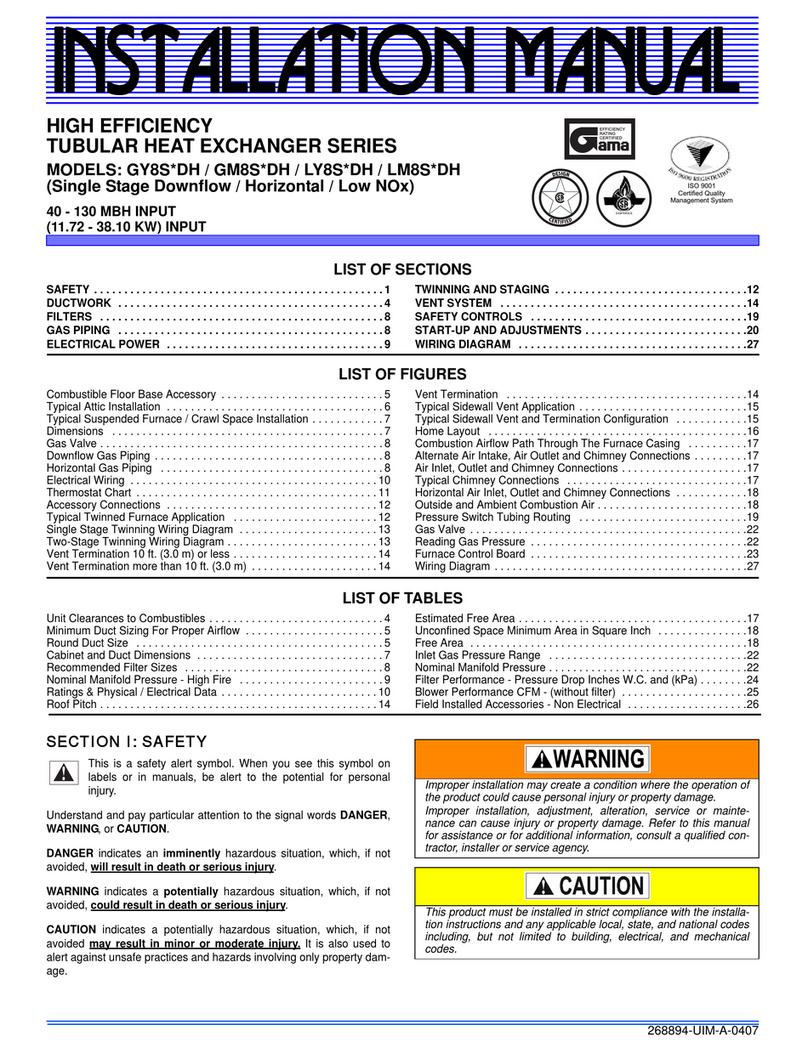
Unitary products group
Unitary products group GY8S*DH User manual
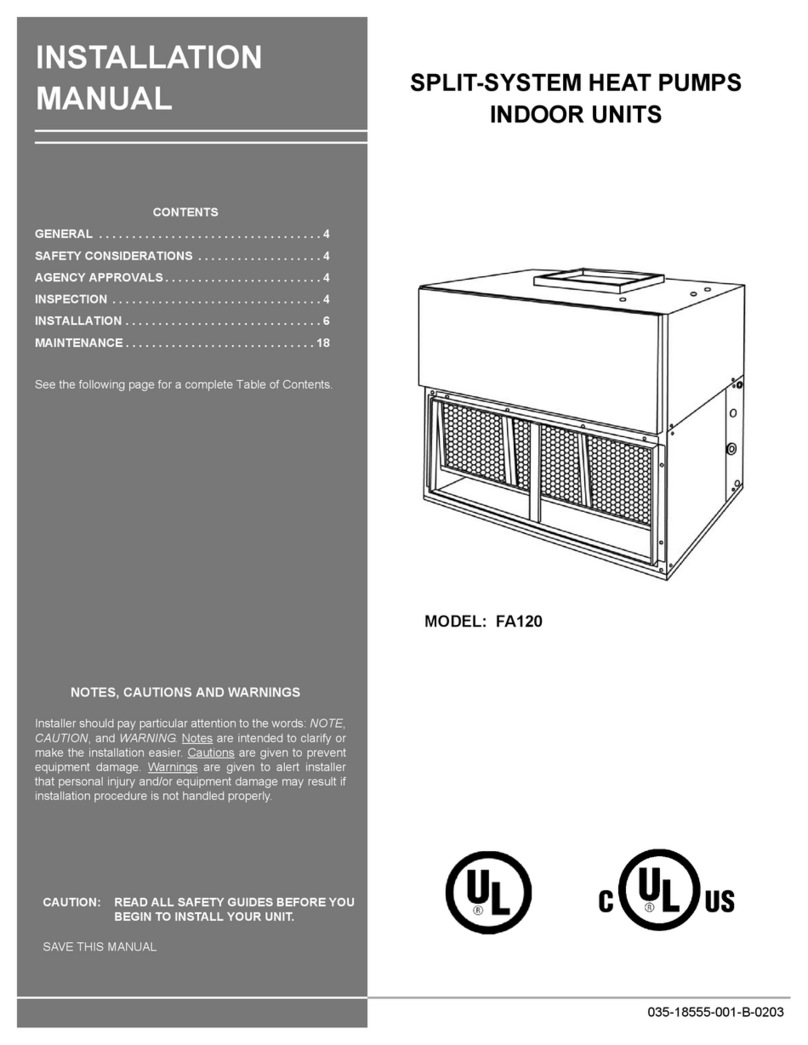
Unitary products group
Unitary products group FA120 User manual
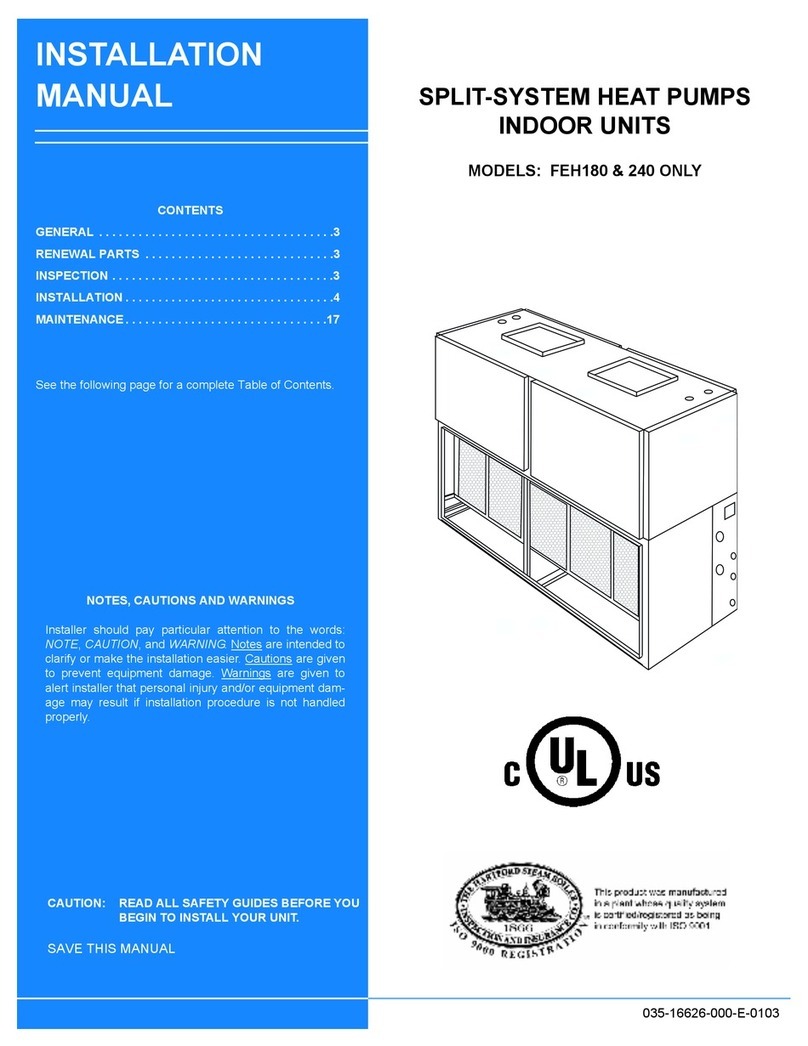
Unitary products group
Unitary products group FEH180 User manual
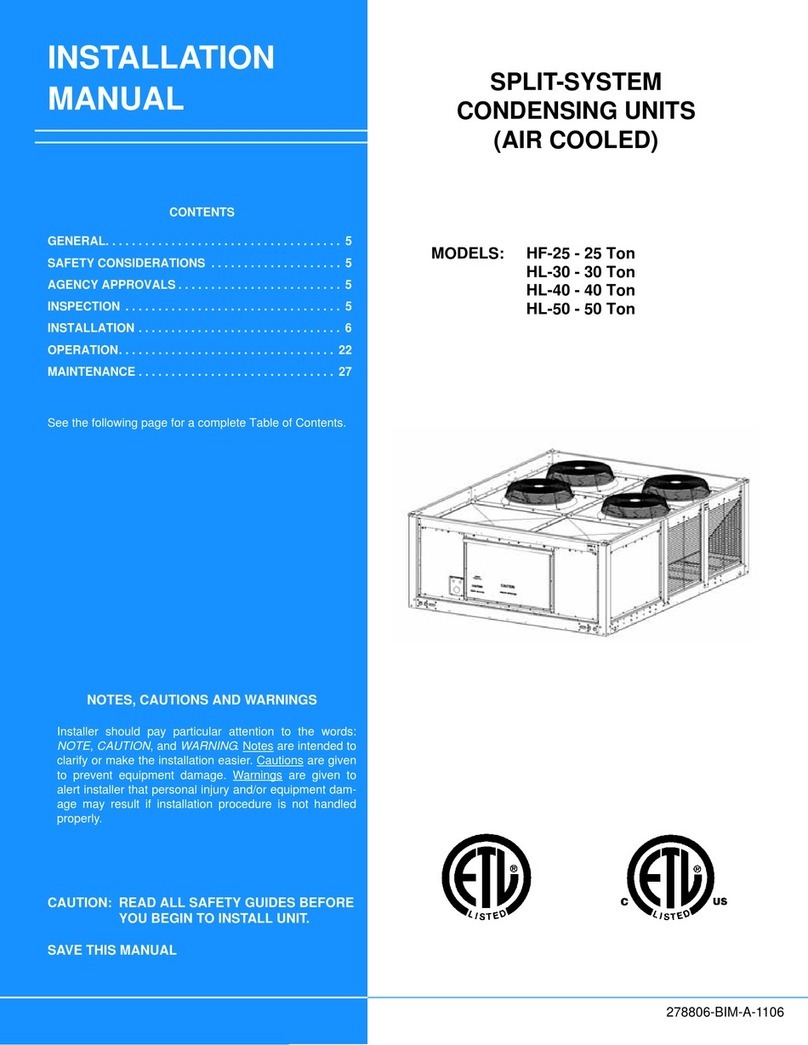
Unitary products group
Unitary products group HF-25 - 25 Ton User manual

Unitary products group
Unitary products group EF-07 User manual
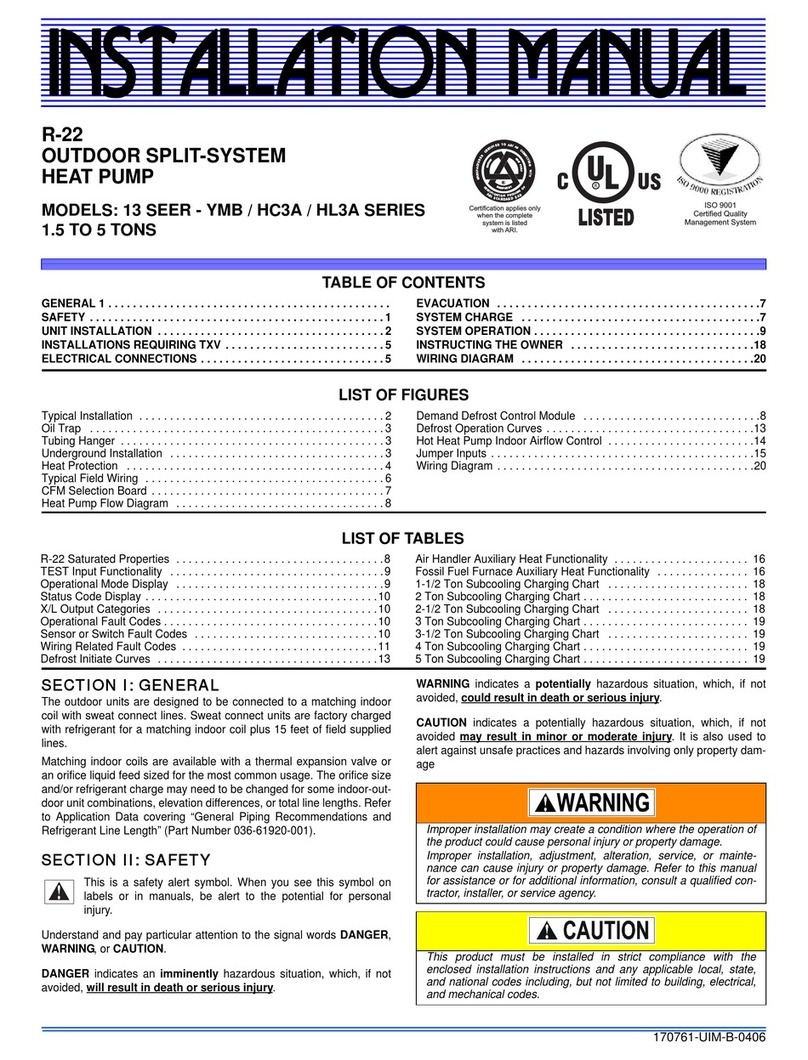
Unitary products group
Unitary products group YMB Series User manual
Popular Heat Pump manuals by other brands

Daikin
Daikin RXL12QMVJU Service manual

AIREDALE
AIREDALE BluCube CUR092V16-1CO-0 Installation and maintenance manual

Calyenty
Calyenty RBH 125 Customer's manual

GRE
GRE HPGI50 owner's manual

Carrier
Carrier 30XW Installation, operation and maintenance instructions

Hayward
Hayward SUMHEAT HP5131DT3 Installation instructions manual

REMKO
REMKO SQW 400 Electrical wiring

Sanyo
Sanyo SAP120FCH Service manual

Daikin
Daikin EHYHBH05AA Operation manual

Panasonic
Panasonic WH-SDF03E3E5 Design handbook

Airxcel
Airxcel 45000 Series Installation, operation and maintenance instructions

Mitsubishi Electric
Mitsubishi Electric PUZ-SWM60VAA Service manual

Dimplex
Dimplex LI 16I-TUR Installation and operating instruction

Carrier
Carrier WSHP Open v3 Integration guide

Mitsubishi Electric
Mitsubishi Electric EHSE-YM9EC Service manual

TGM
TGM CTV14CN018A Technical manual

Carrier
Carrier 38MGQ Series installation instructions

Kokido
Kokido K2O K880BX/EU Owner's manual & installation guide









